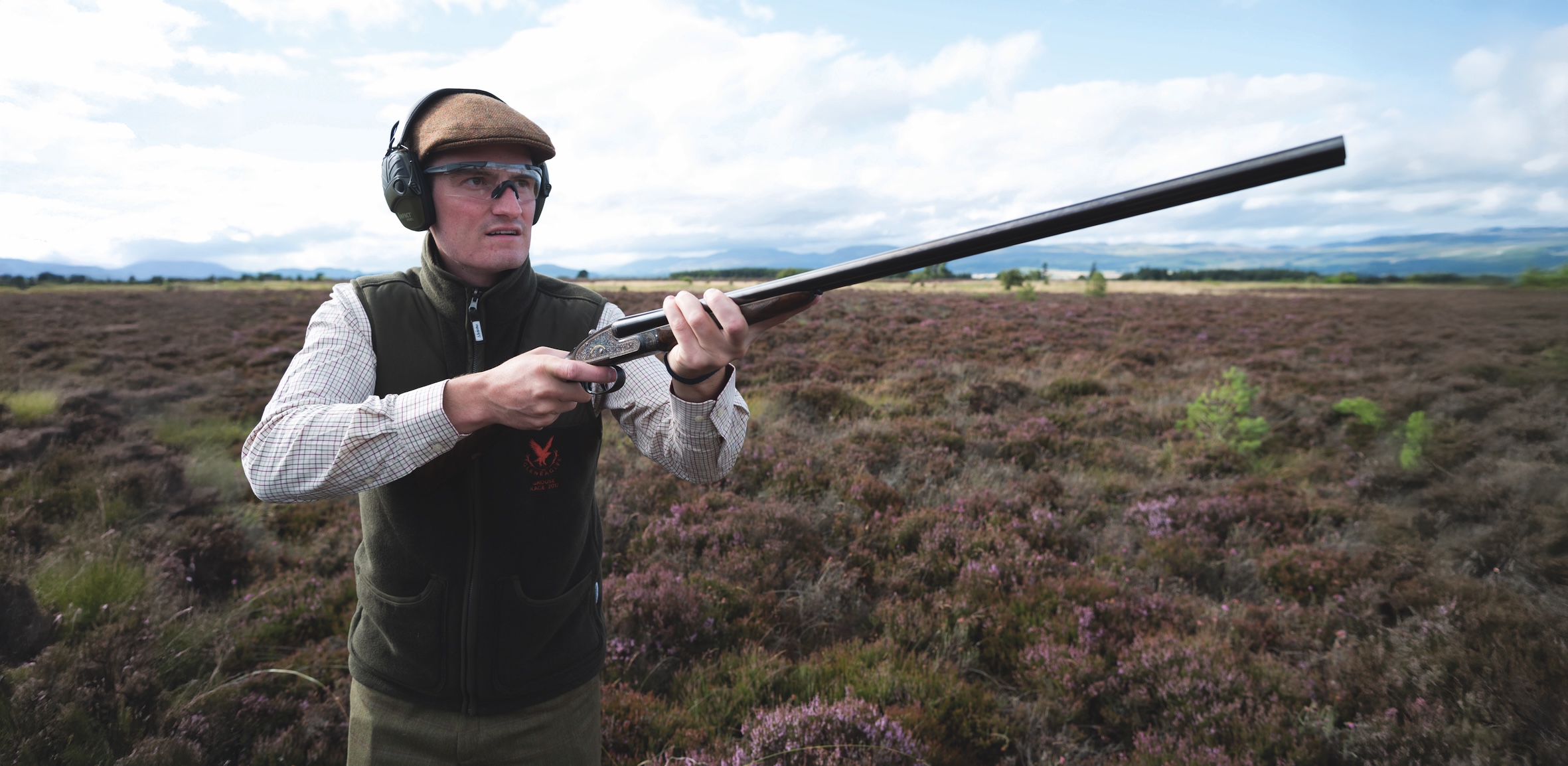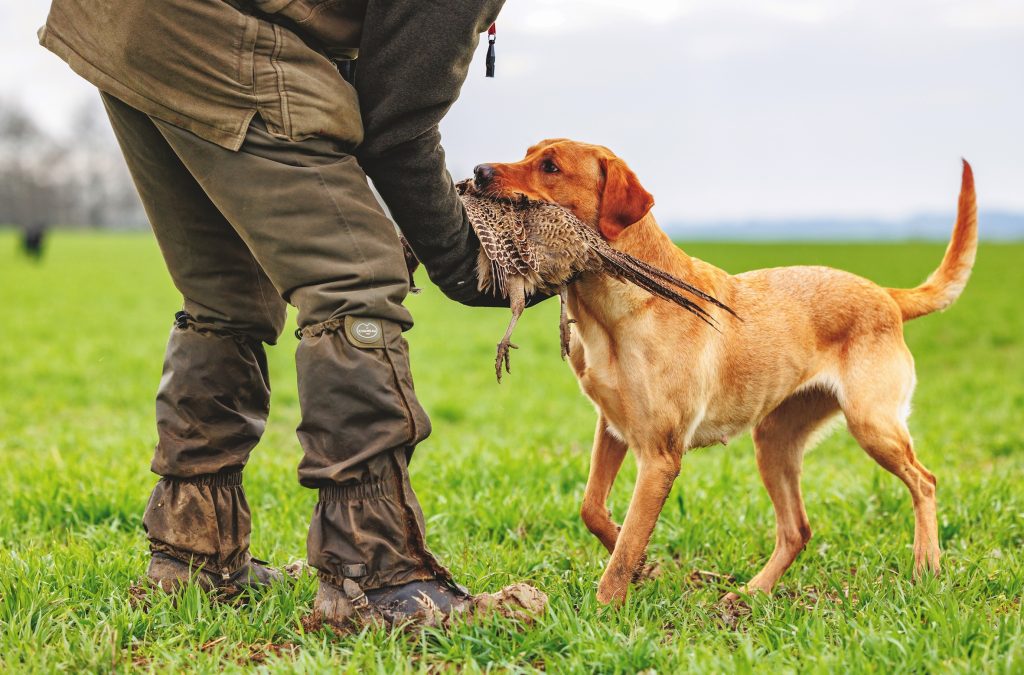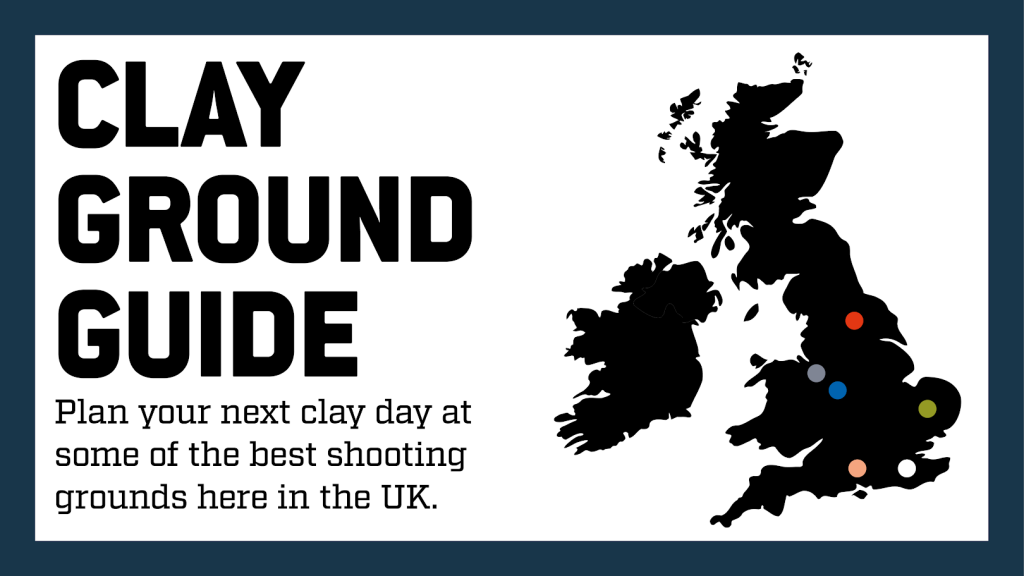Choice cuts
After a few false starts, Roy finally catches up with his foxy foe
After making the silly mistake of leaving my bi-pod on whilst shooting from my door rest, I had to make good and try to catch up with the foxes I had educated. This was especially important as one of them was holding a territory near to a friend’s fancy fowl pens and was already responsible for the disappearance of a few of his free range flock. Needless to say he was none too impressed when I explained to him that the shot he heard ringing out did not account for his foe.
I left the ground alone for just over a week before returning to redress the balance. I was pretty sure my student would hightail it as soon as the red light illuminated his position, as I presumed he would have probably figured out that this particular lunar shine is quickly followed by a loud bang and the earth erupting next to him. I decided to fit the green LED to the Night Master as this light is not as bright as the other options, which I hoped would prove to be an advantage. I have noticed on a couple of previous forays with tricky Charlies that they don’t seem to be overly disturbed by its glow.
As we arrived, Ian started scanning with the torch, initially concentrating our search in the field that we had previously missed Charlie. Or, should I say, where I had previously missed Charlie…
After covering every possible corner of the ground and with the possibility of a blank night looming, we pulled up overlooking the wood that I was hoping Charlie was in so that we could have one last call. I have used the Silva Fox whistle at this particular farm quite a lot so I wanted to have a go with another mouth caller which gives a softer, less screechy distress call, as this can often work really well with a less bold fox. Needless to say, after a good half an hour of intermittent calling we saw… absolutely nothing.
With our tails well and truly between our legs we started the truck and made our way along the track back towards the road, still scanning with the torch, in the vague hope of finding something. As the torch shone back down a hill on the opposite side of the wood we had just been calling in, a large set of eyes shone back like beacons.
With the reflection returning from an awkward angle behind us, we had to spin the truck round in order to get into a position to take the shot. But as we did the eyes averted their gaze and it became apparent, as we watched the flash of the under-tail bounding toward the wood, that the eyes belonged to a muntjac doe! As we watched her run along a trail into the wood we caught another green eye-shine amongst the tangle of scrub. I put up the binoculars but I was unable to identify what we were looking at, as all I was able to see was the occasional glimpse of an eye.
The only option was to take a risk and move the truck a little further down the hill to enable us to peer through the opening that had been made by the fallow as they follow their trails. The eyes were now a little more visible and they started reacting in a very odd and erratic way, occasionally staring straight at us and then disappearing for a while, only to reappear in the same position when I let out a faint squeak.
Just managing to get a glimpse of a white bib, I raised the rifle to see if I could manage to find a clear path for the bullet through the mass of undergrowth that was between us. Luckily I had recently upgraded the scope on my rifle to the new Zeiss 3-12×56 HT. The reason I say luckily is because it is in situations like this that you realise why you have invested in superb optics. As I put the scope on him, not only could I make out that it was most definitely a Charlie staring back, but I was able to make out a large enough gap in the foliage to allow me to be confident of threading a round through the gaps to hit the mark. With one final call, Reynard looked up for the last time.
With the resounding thud echoing back we made our way down to the wood line to finally catch up with our educated vulpine. Switching over to a white torch, I started scanning the undergrowth where I was sure I would pick up his white bib. After a couple of minutes of increasingly frantic searching in the immediate area, I finally picked up a foxy shape some 15 yards further back into the wood. Pushing back the undergrowth, as I went to pick him up I realised why he was behaving in an odd manner and why I was getting very little reaction from the call: positioned rather neatly around him was his still warm last meal; a good-sized rabbit.
What fascinated me the most upon inspecting the carcass was the way in which it had been almost surgically dissected, with the paunch removed fully intact, without the slightest puncture or abrasion. It was clear that he had eaten the liver and the rest of the pluck before consuming some of the finer cuts of his victim.
How a fox devours his meal is not something I have previously given much thought. I suppose I presumed he would just tuck in, not being overly concerned with his preference or taste, but after witnessing this, I will definitely bear this fact in mind when baiting up an area in the future for Charlie. I will be sure to leave a few bits of liver and some of the more appetising morsels, rather than just the grotty discard or smelly old carcass.Thinking about it, in the past when we have used gralloch as fox bait I have noticed that the less desirable pieces have been left, unless we have been suffering from harsh weather conditions.
It really does go to show that foxes in the South East are so well fed they can even be picky enough to only consume the prime cuts of a carcass. Yet they still feel the need to have a free range poultry ‘take-out’ when the opportunity arises.





